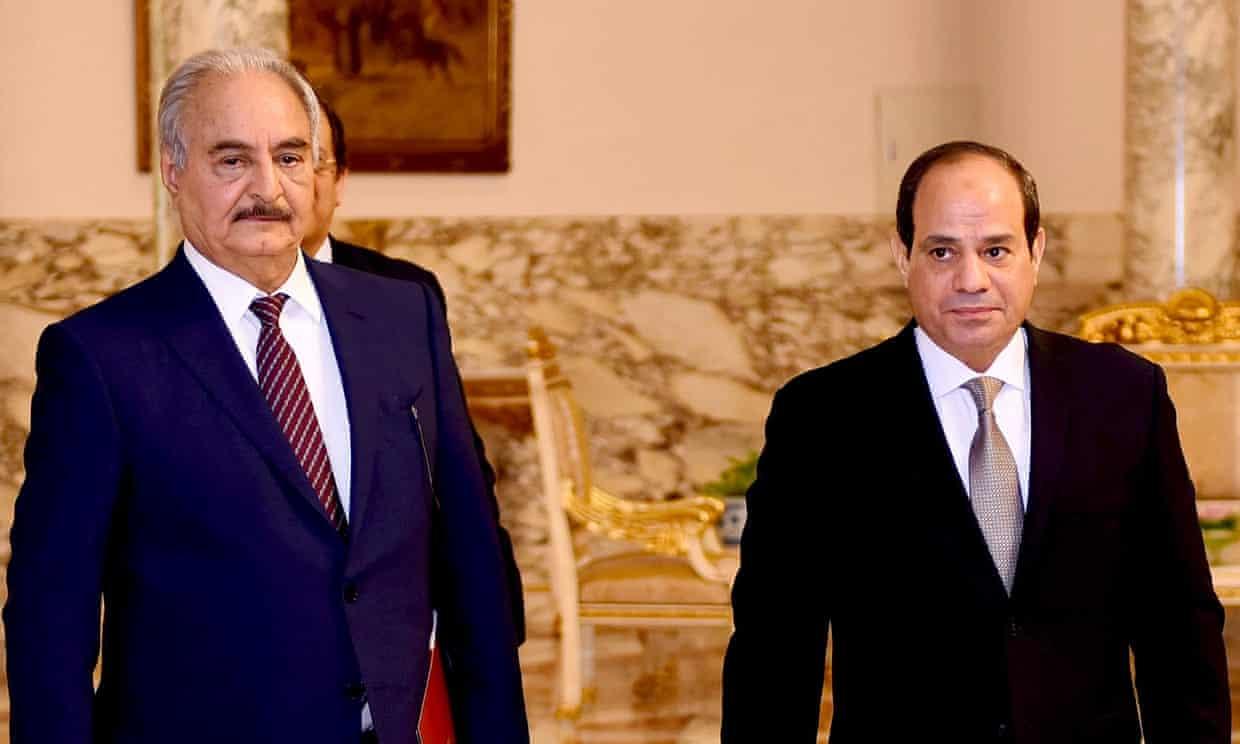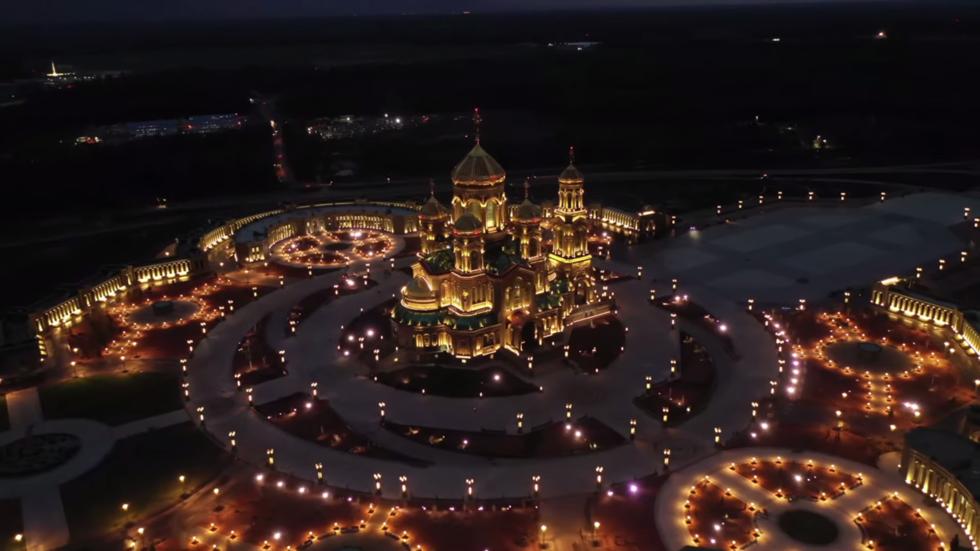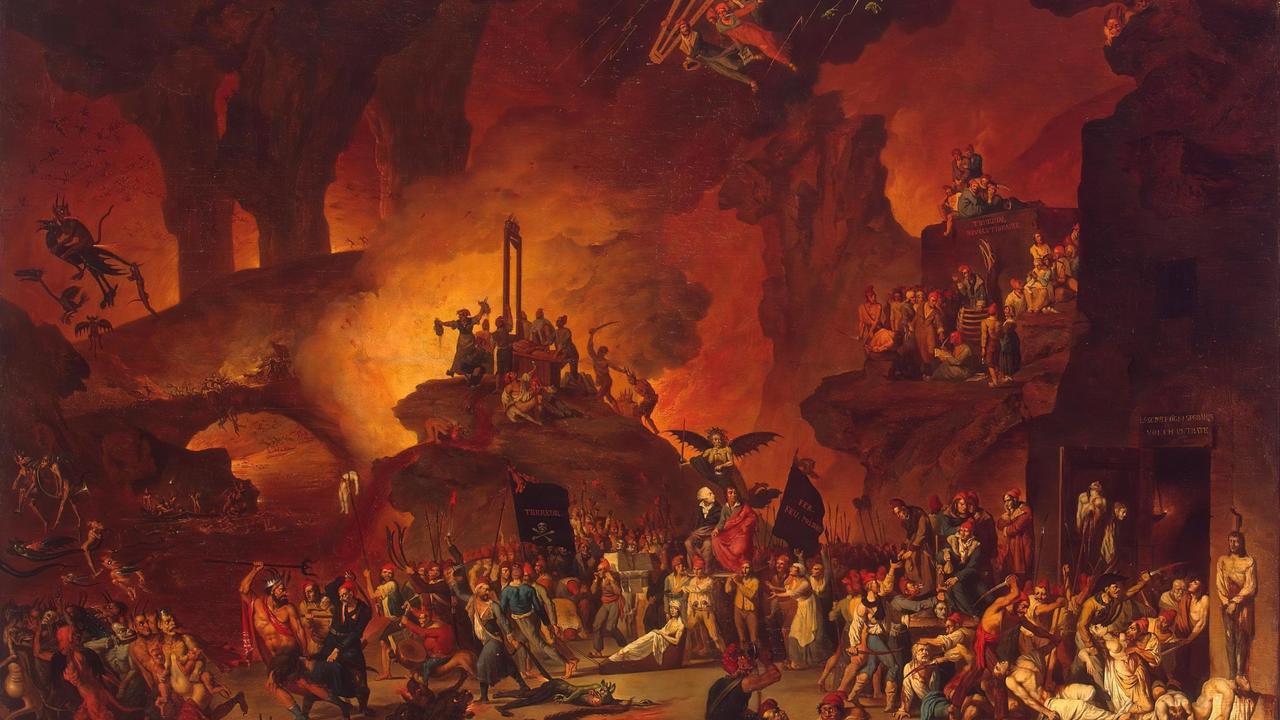When psychedelic drugs finally become legal in the United States and elsewhere around the world, the lion’s share of the credit will go to Rick Doblin. Since founding the Multidisciplinary Association for Psychedelic Studies (MAPS) in 1986, Doblin has argued forcefully for the benefits of frequently demonized substances such as MDMA, LSD, psilocybin, and ibogaine in helping people cope with posttraumatic stress disorder (PTSD), depression, anxiety, and other debilitating problems. For decades, Doblin and MAPS have been pushing not just for social and cultural acceptance but also for legal and medical legitimacy.
MAPS is currently sponsoring Phase 3 clinical trials of MDMA-assisted psychotherapy as a treatment for PTSD. Within the next few years, if all goes well, the Food and Drug Administration (FDA) is expected to approve MDMA—a.k.a. Ecstasy, which the federal government banned in 1985 as a dangerous party drug—for use by prescription as a psychotherapeutic catalyst. Further down the line, psychedelic drugs such as LSD and psilocybin, which the FDA has recognized as a “breakthrough therapy” for depression, could undergo a similar legal transformation.
The rehabilitation of these once-vilified substances is a remarkable development that signals growing recognition of their life-enhancing uses and perhaps growing tolerance of people who choose to explore that potential. During a late-February ride from Manhattan to the John F. Kennedy International Airport, Reason Editor at Large Nick Gillespie talked with Doblin about his role in this psychedelic renaissance and the experiences that drew him to the movement.
“I’m very much a child of the Cold War,” Doblin says, recalling how he was taught to “duck and cover” at school during the Cuban missile crisis. His fear of nuclear Armageddon, ecological catastrophe, and genocide was the initial impetus for his vision of “mass mental health” facilitated by psychedelics, which he believes can have a unifying effect when used properly.
Although MAPS is doing everything by the book in seeking approval of MDMA as a prescription drug, Doblin’s vision goes beyond such doctor-approved uses. He aspires to a world in which people can use psychedelics responsibly without permission from physicians or priests. “Psychedelics are tools,” Doblin says. “They’re not good or bad in and of themselves. It’s how they are used. It’s the relationship you have with them.”
Reason: Many people are attracted to psychedelics because they’re fun. The approach that MAPS has taken, by contrast, suggests that psychedelics should not be taken lightly. Talk about the contrast between using psychedelics recreationally and using them by prescription as an FDA-approved medicine.
Doblin: I think that people should have the fundamental human right to change their consciousness. When we talk about the Bill of Rights, freedom of speech, freedom of assembly, and freedom of religion, underlying all of that is freedom of thought. Psychedelics are a good example of the freedom of thought that we should have.
At the same time, when people take these things for recreational purposes and they’re only looking for positive experiences, that can be dangerous if difficult material comes up. If you suppress it, you could end up worse off.
So there’s an aspect of it that’s work. One of our big statements is that difficult is not the same as bad. A lot of times, when people approach this as a recreational experience and stuff that’s difficult comes up, they think, “Oh, it’s a bad trip.” But it is also an opportunity. So medicalization is a strategy for achieving broader access and mass mental health.
When you talk about medicalization, are you saying we need to maintain the current power structure, dominated by big pharmaceutical companies and doctors who serve as the high priests, telling us what to do and how to think? Or do you have in mind a broader concept of mental health or well-being?
Our core approach is that we are not the guides. We don’t know where people need to go. People are their own guides. One of the concerns I have about traditional medicine, psychiatry, and psychotherapy, is that even in certain shamanistic settings, the healers are the ones who do it to the person. The power is in their hands. They’re like surgeons; you don’t do your own surgery. But when we’re talking about mental surgery, we’re trying to empower people to heal themselves.
To give you a sense of how much progress we’re making, one of our donors, Bo Shao of the Evolve Foundation, said that when we had the psychedelic revolution in America, his parents in China were suffering under the Cultural Revolution. His parents’ whole generation is traumatized still from that. So he’s helping us bring [MDMA-assisted] therapy to China. We’ve already brought Chinese psychiatrists and psychotherapists to the United States for training, and I’ve been to China.
We’re trying to universalize it in that way. But unlike most pharmaceutical companies, since we’re doing it in a nonprofit context, we’re trying to help people learn how to heal themselves without having to come to doctors and therapists.
Give me an update about what’s going on with FDA approval of MDMA-assisted psychotherapy for PTSD.
On November 29, 2016—30 years after I started MAPS—we had what’s called an end-of-Phase-2 meeting. That’s where we discussed the data we had gathered during Phase 2 of clinical trials and whether the FDA would permit us to go to Phase 3 [the final step before approval of a prescription drug]. The FDA said yes. Then we negotiated for eight months every aspect of the Phase 3 research protocol, the statistical analysis plan, all the other supplemental material that’s required when you move into Phase 3.
Phase 1 usually involves healthy volunteers, and you’re just trying to understand what the drug does. In Phase 2, you do pilot studies, exploring who is your patient population, what are your doses, what is your treatment, who do you exclude and include. Phase 2 enables you to figure out how to design Phase 3, where you do the large-scale, randomized, placebo-controlled studies that are required to prove safety and efficacy. Those are the pivotal studies that you need to get approval for marketing.
There are also Phase 4 studies, which the FDA can require after you’ve gotten permission to market the drug when there’s additional information that the FDA wants. We’ve already negotiated some of the Phase 4 studies. If we succeed in Phase 3, the FDA wants more information about how we can tell ahead of time who will respond well to the treatment and what we can say about relapse rates. How long do the benefits last?
Another aspect of it is that many drugs are tested in adults, and then they’re prescribed to adolescents or children. If we succeed in adults, which means 18 or over for PTSD, then we have to do studies in 12- to 17-year-olds. If that works, then we have to study 7- to 11-year-olds who are traumatized.
When do you expect the Phase 3 trials to be completed?
The FDA can come back and say, “You did everything right [and] it looks good, but we’re going to screw you over and stretch it out a little bit.” We don’t expect that the FDA will screw us over, because, once we got permission for Phase 3, we entered into this eight-month process where we negotiated everything. That’s called the special protocol assessment process. If you end up agreeing, you get what’s called an agreement letter, and the FDA is legally bound to approve the drug, assuming you get statistically significant evidence of efficacy and no new safety problems arise. And since MDMA has been around for 40, 50 years, tens of millions of people have taken it. We have a very good idea of the safety profile.
The other thing the FDA did, after we got this agreement letter, was declare MDMA a breakthrough therapy [a designation that is supposed to facilitate approval of promising drugs for hard-to-treat conditions]. So I don’t think that they want to screw us over in any way.
In Phase 3, we have to do a minimum of two studies, each with 100 people, and then we do what’s called an interim analysis for each study. We have enrolled almost 100 people in the first of the Phase 3 studies, and the interim analysis will be sometime in late March or early April this year. Then we’ll know whether we need to add anybody for statistical significance. We expect to start the second Phase 3 study in the summer of 2021, so we should have all the data from the studies near the end of 2021.
Then we submit that to the FDA, and sometime in 2022, depending on how long the review process is, we anticipate approval. We’re also negotiating with the European Medicines Agency, and that process is a year or two behind the FDA process.
We will need to raise around $30 million to finish Phase 3 in Europe and a similar amount to finish Phase 3 in the United States. But in the history of MAPS, we’ve received donations of about $80 million, and we’re trying to do this all through donations. We don’t want investors. I’m sympathetic with for-profit people getting involved. The scale of the problem is so big. We need all sorts of people, sponsors, resources. But I think the profit motive has warped American health care.
You’ve created a public benefit corporation to market MDMA. How will that work?
For the first 25 years of MAPS, I just assumed that once MDMA became a medicine, it would be a generic medicine, and it would be sold for very little money. MDMA was invented by Merck in 1912, so the patents have expired.
Even though I wrote my Ph.D. thesis at the Kennedy School of Government on the regulation of Schedule I drugs—psychedelics and marijuana—I missed something. I learned only in 2013 or so that President Reagan had signed a bill to provide incentives for developing drugs that are off patent. Since they couldn’t give patents, they offered what was called data exclusivity, which means you’re the only one who has the right to use your data in the U.S. for five years. If you do pediatric studies, you get an additional six months of data exclusivity, which blocks generic manufacturers from even applying, and it takes the FDA at least six months to review those applications.
So we’ll have about six years of data exclusivity. Once I realized that we might actually be able to sell MDMA for more than cost as a medicine, I realized that we had a different story to tell our donors: We’re not going to be perpetually asking you for money, and we might even be able to make money from the sale of MDMA and use that for more research.
Doing that is a taxable situation, and you can’t stay inside the nonprofit. A public benefit corporation is a kind of corporation that explicitly seeks to maximize benefits for the public rather than the return to shareholders. So that’s the approach we’re taking.
This is kind of like a legal version of the Brotherhood of Eternal Love, which sold LSD for practically nothing in the ’60s and ’70s.
They are a big part of the story of psychedelics that not that many people know about. They really had a mission beyond making money, and the mission was consciousness change. That is our mission.
All of our research staff and all of the research money has been transferred to the public benefit corporation. We are taking not just a new approach to mental health, which is psychedelic-assisted psychotherapy, but a new approach to marketing medical treatments and drugs. We will charge somewhat more than the MDMA costs us, but we’re not going to charge the maximum of what the market will bear, because that means that you have fewer people paying more for treatments. And our goal is mass mental health.
Where is the biggest pushback against what you’re doing coming from these days?
So far we haven’t had a whole lot of pushback. Veterans [with PTSD] have such support, particularly among Republicans—there’s a libertarian strand of the Republican Party that has been a strong ally in looking at the benefits of illegal drugs. There’s pushback from drug warriors who think that we need to demonize these drugs to justify the drug war. That’s why there’s been suppression of research into cannabis.
The pushback that I’ve received has not been from regulatory agencies. The FDA is aware that there are enormous numbers of people with mental conditions that are not adequately helped by the currently available medicines. That’s why MDMA was declared a breakthrough therapy. Psilocybin has been declared a breakthrough therapy for treatment-resistant depression. The most important new development in mental health treatment over the last 20 or 30 years has been ketamine for the treatment of depression.
Traditional psychiatry is coming around. Yesterday, the American Journal of Psychiatry published an article about psychedelic psychotherapy and how it was promising.
I’ve received pushback from some of our donors who ask, “Why did you accept money from [Republican] Rebecca Mercer, [libertarian Charles] Koch, or others? Just stick to medicine.” Right now some of our big donors are telling me that I should shut up about drug policy reform and the fundamental human rights issue, that we want people to have access to these drugs with proper education and harm reduction, but outside of medicine and religion.
There is potential for pushback from fundamentalist Christians, although it doesn’t seem to have happened yet. Classic psychedelics like psilocybin have been used for thousands of years for religious and medical purposes. Through ego dissolution, people have mystical experiences, which suggests there may be a common mystical core in all the world religions. There are fundamentalists in each religion who say, “My religion is the only true one. Everybody else is an infidel.” The psychedelic mystical experience is a challenge to that. But I think the fundamentalists could benefit from a deeper appreciation of their own spirituality.
The other possible area of pushback is parents worrying about their kids. If you make this into a medicine, they might think, kids will get the message that it’s a good thing.
What we’ve been doing in that regard is going to festivals around the world where young people are using these psychedelics. A lot of them are using them unwisely and irresponsibly and just trying to have a good time. Difficult material comes up, and they then try to suppress it or push it down. We’ve started what we call the Zendo Project, which does psychedelic harm reduction at Burning Man, the Boom Festival in Portugal, all over the world. The aim is to help people who have difficult trips work through them and process the material, so that they don’t get tranquilized, don’t go to the hospital, and don’t have long-term mental disruptions because of it.
You once told a reporter, “We’re not the counterculture; we are the culture.” And I think there’s some real truth to that. But you’re also a parent. How old are your kids, and have you tripped with them?
My kids are 25, 23, and 21. We’ve wanted to take [psychedelics] together as a family.
That sounds both wonderful and kind of terrifying.
When I had my bar mitzvah at 13, that really opened the door to psychedelics for me. Because my bar mitzvah did nothing. I mean, it was a nice party. I was the oldest of four kids. I really did expect that there would be some kind of spiritual experience. And the next morning, I’m lying in bed, and God did not come. Nothing happened, but I was ready for it. I felt really bad, and I felt that traditional rituals didn’t really work.
When our children turned 13, my wife and I spoke to them and said, “If you want to try marijuana or MDMA, come to us and, and we’ll give it to you.” It was the best anti-drug strategy that we could have had, this idea of doing drugs with your parent. They all said, “We’re not ready yet.”
This is a hot-button issue. But if you look at the traditional cultures that have successfully integrated psychedelics in America, we have half a million members of the Native American Church who use peyote. We have many people who are using ayahuasca in ritual settings, and they’ve successfully integrated ayahuasca. They believe that children who are interested in ceremonies with their families can try small amounts of these drugs, and they don’t have age limits. I went to a Native American Church ceremony with my wife. It was to celebrate the wedding of a friend of ours. A Navajo man brought his 9-year-old son, who took peyote and stayed up the whole night. Now, the 9-year-old didn’t take the full dose.
I am pro–family values. When it comes to the education of children, we should leave that to the families, not to the government. In 23 states, the laws prohibiting the use of alcohol by young people have a parental override that allows parents to give alcohol to their children, even at restaurants, as long as there is parental supervision. So this idea is not foreign to America. I think that’s the way it should be with other drugs as well.
One of the worst parts of the drug war is that parents are scared to be honest with their own children. To have the intrusion of the government in the most intimate situations, where you are trying to educate your children, is terrible. I know people who still hide the fact that they smoke marijuana from their children, even in legalization states like Massachusetts, where I live.
Do you worry about a backlash? In the 1960s, there was Diane Linkletter’s suicide, which her father, the writer Art Linkletter, blamed on LSD. In the 1980s, there was the cocaine-related death of Len Bias, who had just been drafted by the Boston Celtics. His death helped inspire draconian anti-drug legislation. Do you worry about that sort of thing?
I very much worry about backlash. That’s why we’ve reached out to the police, to try to educate them. That’s why we are actively reaching out to bipartisan groups and why we have bipartisan financial support.
In the ’80s and ’90s, when the rave milieu was just starting, people were taking MDMA and overheating sometimes and dying from hyperthermia. Those stories were used to block the research, and then drug warriors could say there’s no evidence of benefit. But now, because we have strong evidence of benefits, the situation is different.
Now we’re able to say that in a medicalized context, we’re getting more benefits than risks. When people take drugs in nonmedical settings and have tragic outcomes, I don’t think that’s going to boomerang back on the research. We have veterans who have attempted suicide multiple times but are now PTSD-free after MDMA-assisted therapy. I felt that it was necessary for us to work with the hardest cases and to show that there can be value for people who have unsuccessfully tried other treatments.
So we accept people [into our trials] who have attempted suicide in the past. We just have to create a very strong support system for people throughout the entire process of therapy. And so far there’s only been one person who has attempted suicide—unsuccessfully—during our trials. The therapist thinks that was a person who was in the placebo group and was so disappointed she wasn’t randomized to the MDMA group that she lost hope.
We have to be very careful not to exaggerate the benefits or minimize the risks. I think what happened with Timothy Leary and others in the ’60s is that the government was exaggerating the risks and denying the benefits. And Tim and others, I think, did the opposite: exaggerated the benefits and minimized the risks.
We try to be clear that this doesn’t work for everybody. This is not a panacea. It’s not a one-dose miracle cure. What we’re really doing is psychotherapy. It’s not that you just take this pill and something changes for the better. That provides a level of comfort, when people understand that it’s done in a therapeutic context.
The best way to think about drugs is that they’re tools. Psychedelics are tools. They’re not good or bad in and of themselves. It’s how they are used. It’s the relationship you have with them.
The government’s survey data indicate that nearly half of Americans 12 or older have tried marijuana at least once, while about 10 percent have used it in the last month. With hallucinogens, which includes LSD, psilocybin, and mescaline, about 16 percent of Americans say they have tried them, and less than 1 percent report using them in the last month. Assuming everything is medicalized or legalized in the way you want, do you think psychedelics will ever be a mass phenomenon?
No. I think it will be something that more people will want to use, because it helps you with core aspects of being human: What’s the meaning of my life? What do I think about death? Why do I have social anxiety? How do I deal with trauma? I think larger numbers of people will use psychedelics, but it’s not going to be like weed. Psychedelics are used intermittently, and the emphasis is on what you bring back from the experience. There won’t be a lot of frequent users, but there will be more occasional users.
Are you optimistic about the future? Not just for psychedelics, but for a broader vision of self-guided mental health?
I’m very optimistic. This idea of unification, of a common mystical core, of shared humanity and global spirituality—it also permits greater individuality. Sometimes people think that when you talk about global spirituality or shared mystical experiences, all the differences are washed out. I think it works both ways. The more we can understand our commonality, the more we will appreciate our differences and our uniqueness.
This interview has been condensed and edited for style and clarity. For an audio version, subscribe to The Reason Interview With Nick Gillespie.

from Latest – Reason.com https://ift.tt/2Ykp61Z
via IFTTT








